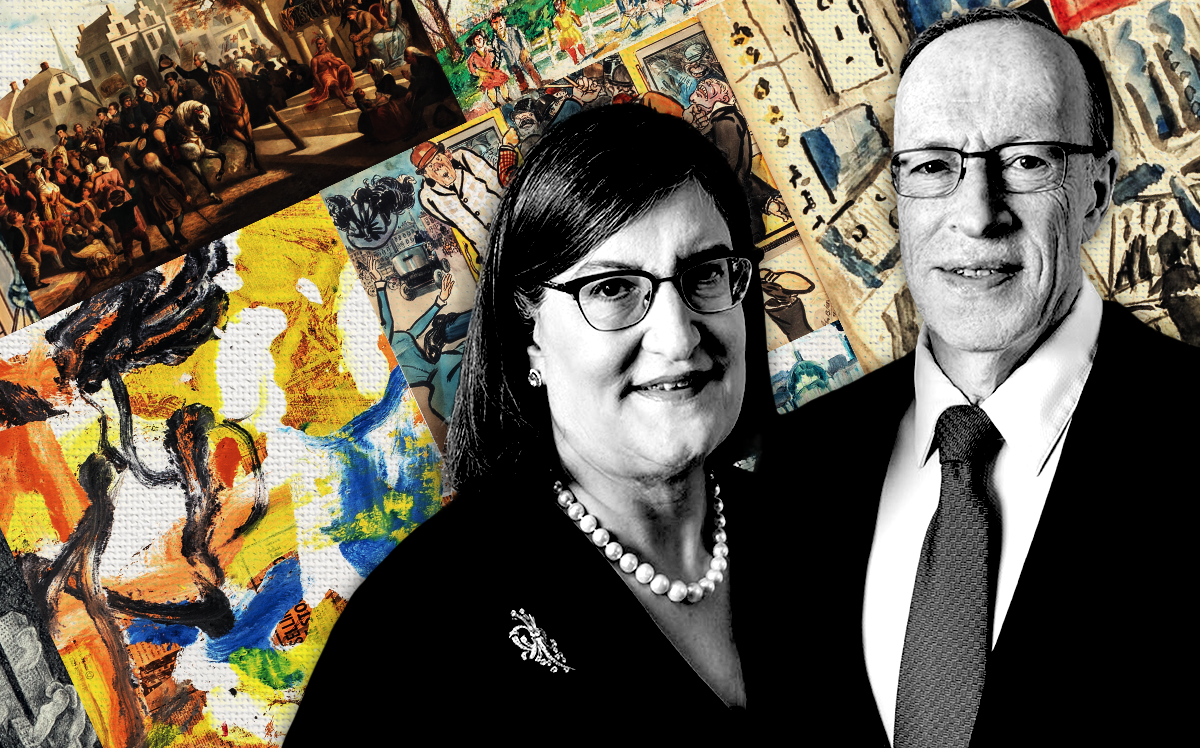Trending
Developer Hirschfeld donates art collection to New-York Historical Society
The developer and longtime patron of the arts has donated nearly his entire collection to the New-York Historical Society.

Developer Elie Hirschfeld owned so much art that he once had a Mark Rothko face-down on the floor. Now the painting has a new home — as do about 130 other works.
The president of Hirschfeld Properties and his wife, Sarah, said he spent more than three decades collecting everything from Keith Haring to Edward Hopper, Marc Chagal and Andy Warhol. These days, the art has left their apartment at 817 Fifth Avenue and taken up permanent residence at the New-York Historical Society as Scenes of New York City: The Elie and Sarah Hirschfeld Collection.
It was a donation, and Hirschfeld, in an interview with The Real Deal, declined to provide its value. However, 12 of the pieces in the collection are worth $1 million or more. Feel free to crunch the numbers.
Hirschfeld is far from the only New York developer with an interest in the arts. Sotheby’s is scheduled to start selling the Macklowe Collection, valued at $600 million, courtesy of developer Harry Macklowe and his ex-wife, Linda. A judge ordered its liquidation during divorce proceedings after the bickering couple was unable to agree on the collection’s value.
Hirschfeld’s art collection is emotional, not financial. Paintings, like buildings, are monuments of life in New York City, where he was raised. That helps explain works depicting the Brooklyn Bridge by Georgia O’Keefe and Warhol.
The son of the late real estate magnate Abraham Hirschfeld honored another landmark, the long-vanished S. Klein’s Department Store, with a Theresa Bernstein piece showing its lunch counter. Hirschfeld bought the lot in 1983 with William Zeckendorf Jr., helping jump-start the transformation of a Union Square neighborhood described then by the New York Times as “the shabby domain of drug dealers and derelicts.”
The developer said he was adamant that the collection remain together. A friend and historical society trustee first broached the idea of the donation, recognizing that splitting it up would make about as much sense as cutting a history book in half.
Hirschfeld doesn’t plan to stop collecting art and hopes to maintain a relationship with the historical society. Whether the new pieces stay at home or eventually leave the nest too remains to be seen. It may depend on how much space is left on the walls.




